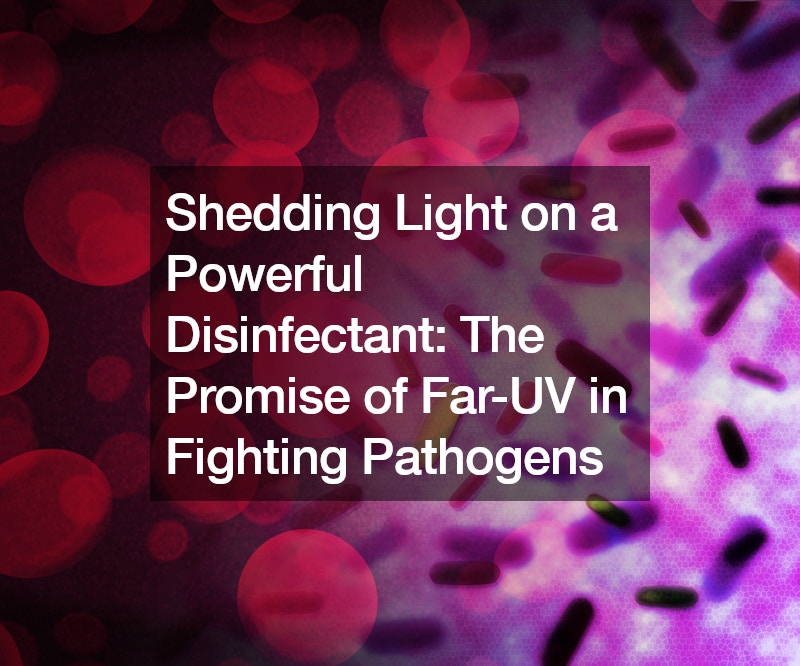During the COVID-19 pandemic, the world was forced to reckon with the invisible enemies lurking in the air around us. Viruses and bacteria, unseen yet pervasive, have challenged our conventional methods of sanitation and hygiene. However, amidst this uncertainty, there exists a powerful disinfectant that has been known for over a century: light.
Ultraviolet (UV) light, particularly in the form of far-UV, holds immense potential as a tool in the fight against pathogens. While UV light is not a new concept, its application in combating infectious diseases has garnered renewed interest in recent years.
Far-UV, with its low wavelength, has shown remarkable efficacy in eradicating viruses and bacteria, including coronaviruses and staph infections.
Historically, researchers have explored UV light disinfection since the late 1800s. Early experiments, such as placing UV irradiation chambers in classrooms to prevent measles outbreaks, demonstrated promising results. However, concerns about direct exposure to UV light led to the development of upper room UV systems, which are still utilized in hospitals today.
The advent of far-UV represents a significant advancement in UV technology. Unlike conventional UV light, far-UV has a wavelength that is unable to penetrate deeply into the skin, thus minimizing the risk of adverse effects such as skin cancer. Studies have shown that far-UV is highly effective in killing pathogens while posing minimal harm to humans, even in susceptible populations.
Despite its promise, the widespread adoption of far-UV faces several challenges. Safety considerations, such as the production of ozone when UV light interacts with air, must be carefully addressed. Furthermore, the cost-effectiveness of implementing far-UV systems in various settings, from hospitals to schools, requires thorough evaluation.
Experts emphasize the importance of integrating far-UV into existing sanitation protocols rather than viewing it as a standalone solution. Far-UV complements other measures, such as ventilation and filtration, offering an additional layer of protection against airborne pathogens. By incorporating far-UV into comprehensive infection control strategies, we can enhance our defenses against infectious diseases.
While the potential of far-UV is promising, it is essential to approach its implementation with caution. Cost-benefit analyses and thorough risk assessments are necessary to ensure that far-UV systems are deployed effectively and responsibly. Moreover, continued research and development are crucial to optimizing the efficacy and safety of far-UV technology.
In conclusion, far-UV serves as a glimmer of hope in our ongoing battle against invisible pathogens. As we grapple with infectious disease control, harnessing the power of light seems to be a promising avenue for enhancing public health and safety. By shedding light on the potential of far-UV, we illuminate a path towards a healthier and safer future for all.
.


